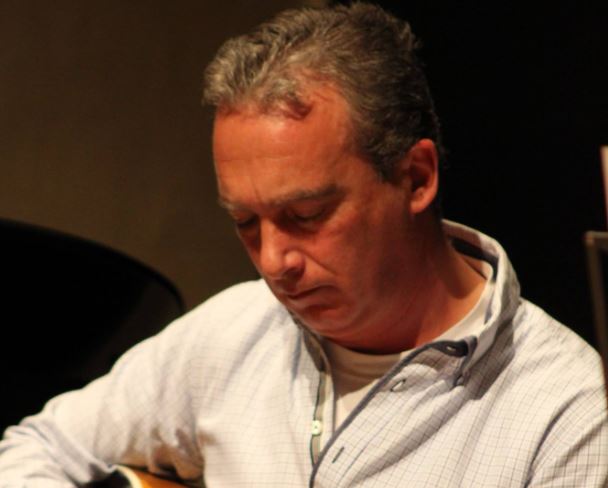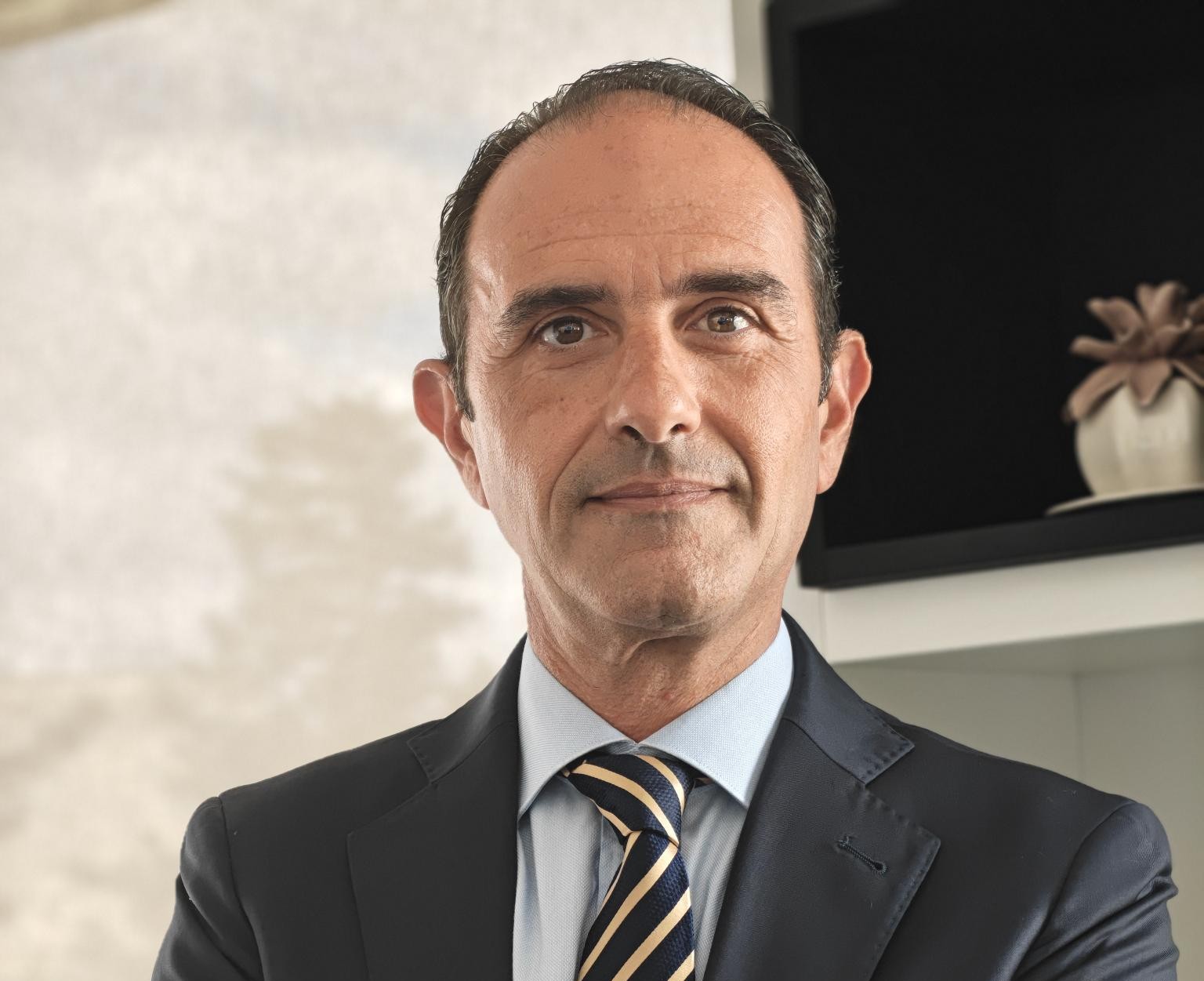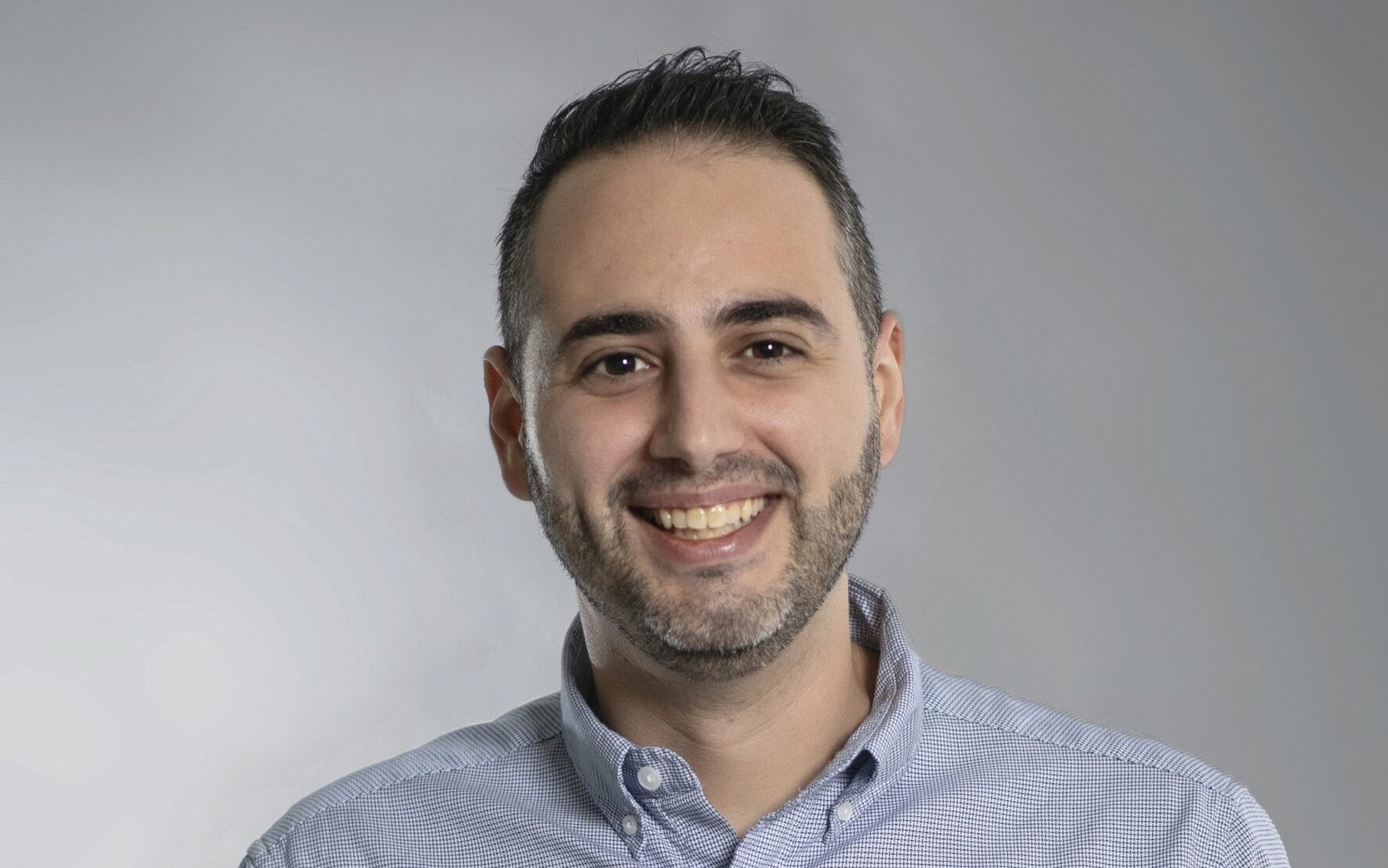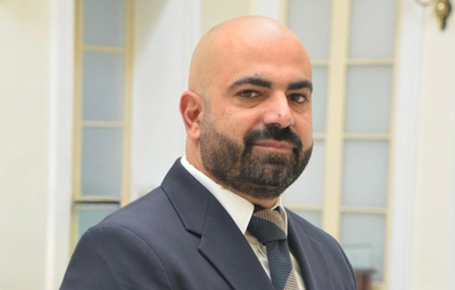Work is all about relationships: to your team and to the client. In principle, AI automates routine tasks that allows us to have more time to forge meaningful human connections between team mates and clients, and in times of endless AI content, this genuine connection is what will cut through the noise.
However, AI also presents challenges to existing work dynamics. The tools that are sustaining productivity are eroding the social fabric that sustains it.
An Upwork’s global survey of 2,500 C-suite executives, employees, and freelancers confirms what many CEOs have hoped for: that AI achieves measurable results. Employees report a 40 per cent boost in productivity, and 77 per cent of C-suite leaders say they’re already seeing productivity gains from AI adoption in the past year.
For years, we’ve waited for artificial intelligence to deliver on its promise of radical productivity gains. Now that it’s happening, we’re discovering an uncomfortable truth: AI is making us more productive, and more isolated.
This new research reveals a troubling paradox. While 77 per cent of executives report measurable productivity gains from AI adoption, the workers achieving these results are paying a steep emotional price. Among top AI performers, those reporting 40 per cent productivity boosts, 88 per cent experience burnout, and they’re twice as likely to consider quitting.
The data paints a disturbing picture of modern work: 67 per cent of high AI users trust AI more than coworkers; 64 per cent per cent report better relationships with AI than human teammates and 85 per cent admit being more polite to AI than to people.
It’s a symptom of deeper disconnection. The study paints a picture of digital-first workplaces where quick messaging and AI intermediaries are gradually replacing face-to-face collaboration. People are finding themselves in an ironic predicament: surrounded by more communication tools than ever, yet feeling more disconnected from their colleagues.
In some ways it makes sense: AI obeys, doesn’t interrupt, doesn’t argue or challenge ideas like a colleague can. As one respondent noted, “My AI assistant never interrupts me, never judges my ideas, and always responds immediately. My human colleagues… don’t.”
The stage was set long before Large Language Models (LLMs) like ChatGPT. Decades of efficiency optimisation stripped away the human infrastructure of work:
– Flattened organisations have widened manager spans
– Streamlined processes have eliminated “wasteful” conversations
– Digital communication have partially replaced face-to-face collaboration
It would be a simplification to say that AI caused this problem, but it did simply filled the vacuum. For overworked employees, AI became the perfect coworker: always available, infinitely patient, and blissfully free of office politics.
The freelancer alternative
Not all workers are struggling equally. Freelancers, who use AI for 90 per cent of skill development, report dramatically better experiences:
– 89 per cent say AI positively impacts their work
– 42 per cent use it to develop niche expertise
– 71 per cent focus on human-AI collaboration over pure automation
The difference here is agency. Freelancers choose how and when to use AI, while employees often have it thrust upon them with little context.
The solution isn’t less AI, it’s better work design to ensure that human connection plays the role it needs to play. Forward-thinking companies are:
1. Measuring connection – Tracking psychological safety and collaboration quality with the same rigour as productivity metrics
2. Redesigning management – Mega companies like Starbucks is hiring more assistant managers to ensure real leadership bandwidth
3. Creating intentional interaction – Microsoft now measures “human thriving” alongside traditional engagement
4. Leveraging flexible talent – 48 per cent of businesses use freelancers to model healthy AI adoption
Leaders often talk about the effects of AI in job loss, however, it’s the erosion of the human relationships that make work feel meaningless. As one burned-out high performer confessed, “I’m getting more done than ever, but I’ve never felt more alone at work.”
Organisations must decide if they will use AI to replace human connection or to enhance it. The future belongs to those who recognise that sustainable productivity requires both technological power and human warmth.
The path forward is clear: AI and humans ad intentional work design. Anything less is just efficiency without purpose.
Welbee’s festive corporate hampers and platters hit the shelves
Welbee’s is out with a new collection of gourmet hampers and freshly prepared platters – perfect for celebrations, gifting, and ...
‘People needed a space to speak honestly’: MEIA President on Malta’s first creative unconference
'Now that the community has shown us what’s possible, we’re more committed than ever to keep building, refining, and growing ...
Daniel Galea appointed Chairperson of TradeMalta
He brings significant industry experience to the role
How Malta’s business jets are being deployed worldwide
New data provides one of the clearest pictures yet of how private and corporate aviation is using the 9H register.









